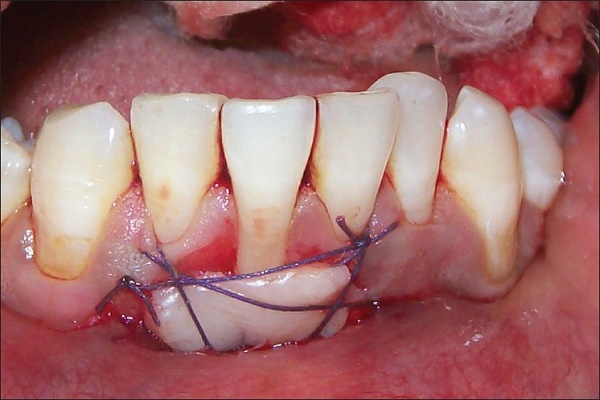
Gingival Graft Treatment
Gingival Graft is also called Gum Graft
Many people experience gingival recession. Exposed roots can be a cosmetic concern, sensitive to hot and cold foods, and a health concern as they are more susceptible to tooth decay.
The most common contributing factors of gum recession are:
- Periodontal disease
- Trauma (such as overaggressive brushing and chewing tobacco)
- Thin tissue and/or thin bone around teeth
- Tooth grinding or clenching
- Frenul pull
- Genetic factors
Dedicated to excellence in periodontology and dental implants GUM GRAFTING
Naperville Periodontics
Many people experience gingival recession. Exposed roots can be a cosmetic concern, sensitive to hot and cold foods, and a health concern as they are more susceptible to tooth decay.
The most common contributing factors of gum recession are: Periodontal disease Trauma (such as overaggressive brushing and chewing tobacco) Thin tissue and/or thin bone around teeth Tooth grinding or clenching Frenul pull
Genetic factors Advances in cosmetic periodontal surgery allow us to rebuild tissue in areas of gum recession. Once the contributing factors are controlled, tissues can be reconstructed to prevent further recession and, where possible, to cover the exposed roots.
FREE GINGIVAL GRAFT
A free gingival graft procedure is used to thicken the gum tissue, as thicker gum tissue is more resilient to trauma and inflammation. During the procedure, a small piece of tissue is taken from the roof of your mouth and relocated to the area of recession. Both areas generally heal quite quickly.
CONNECTIVE TISSUE GRAFT
A connective tissue graft is used to thicken the gum tissue and cover exposed roots. A piece of tissue is taken, relatively painlessly, from an inner layer of the palate or another donor source and is transferred to the area. After this procedure, patients need to avoid chewing in this area of of the mouth for a couple of weeks. A mouthwash will be recommended to keep the area clean.
